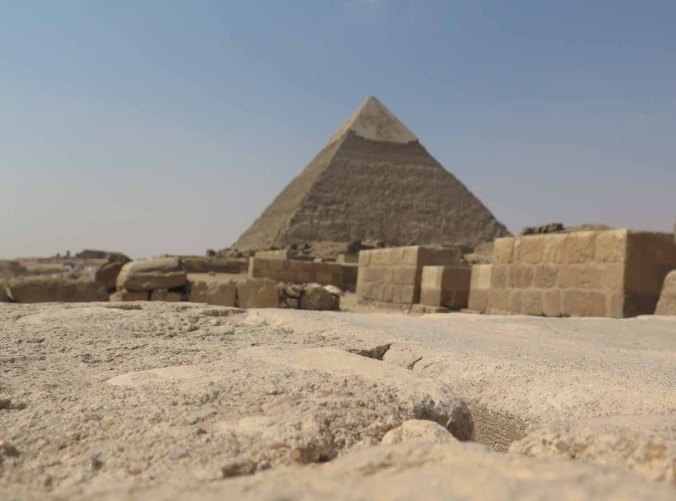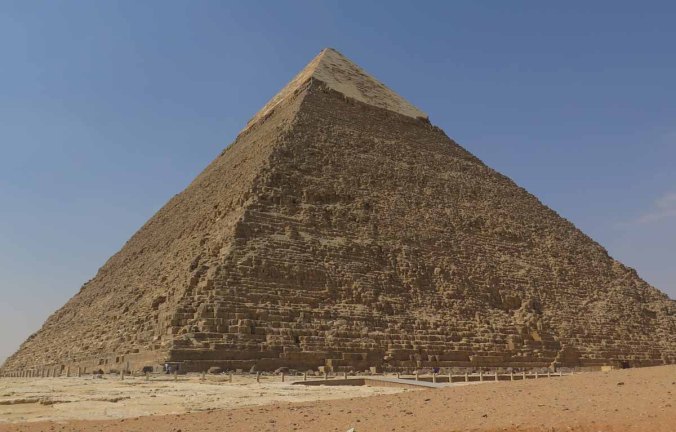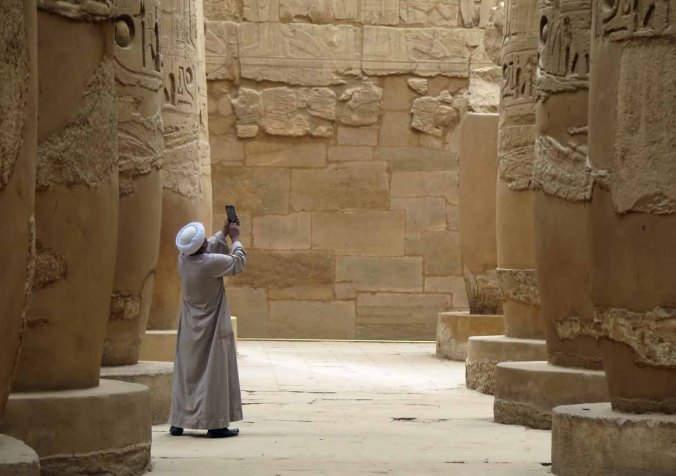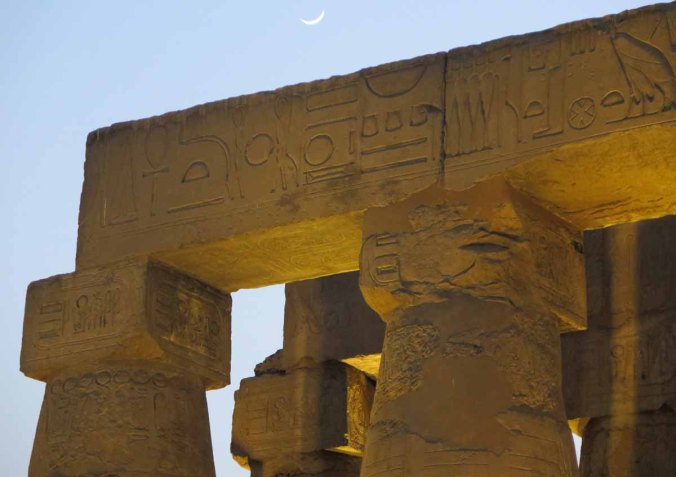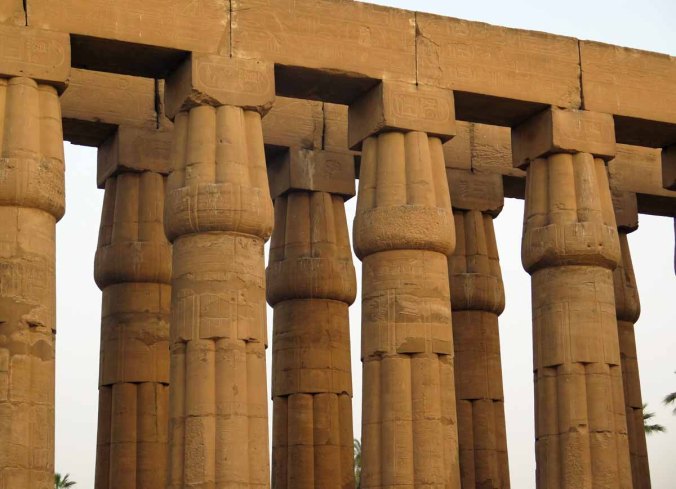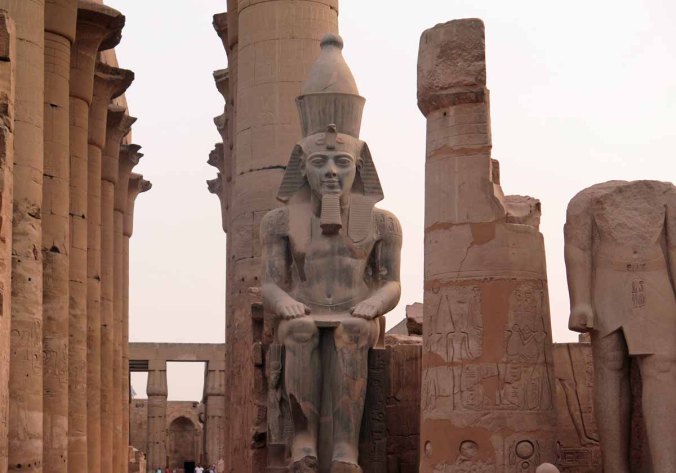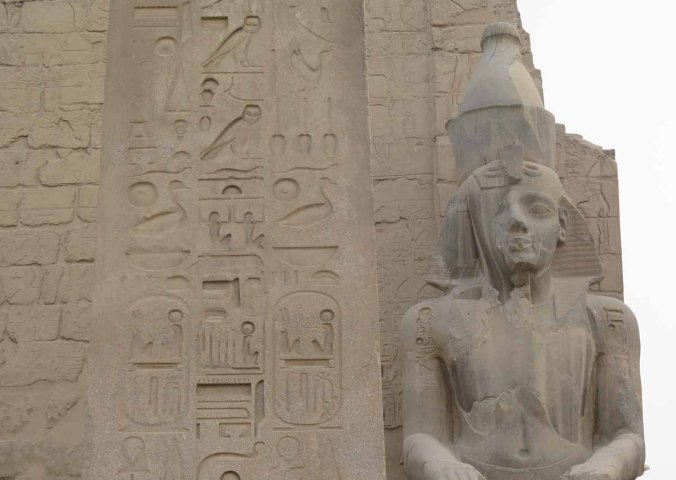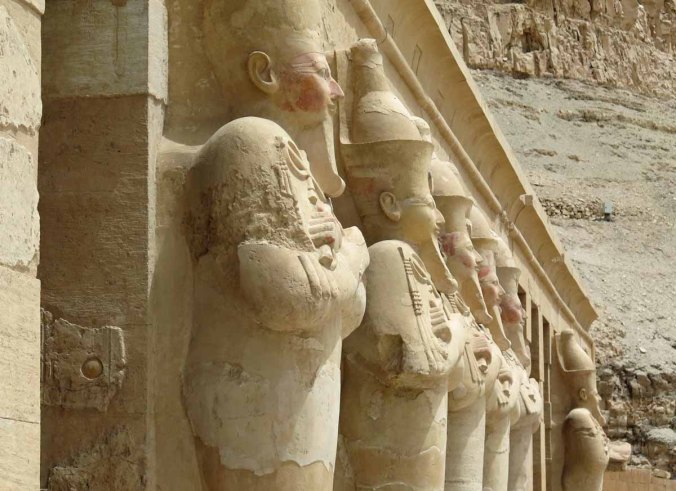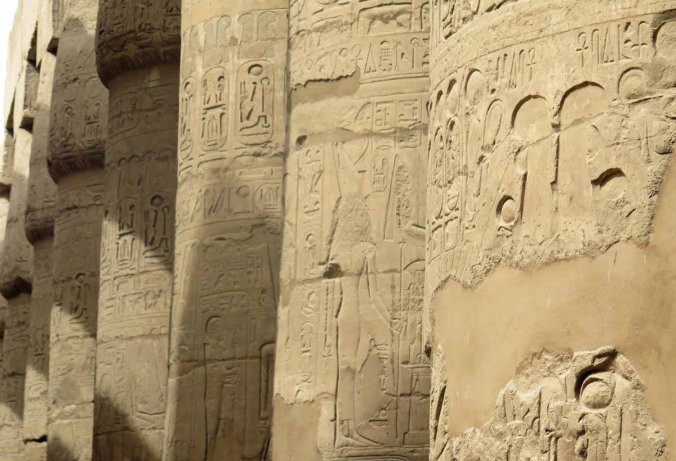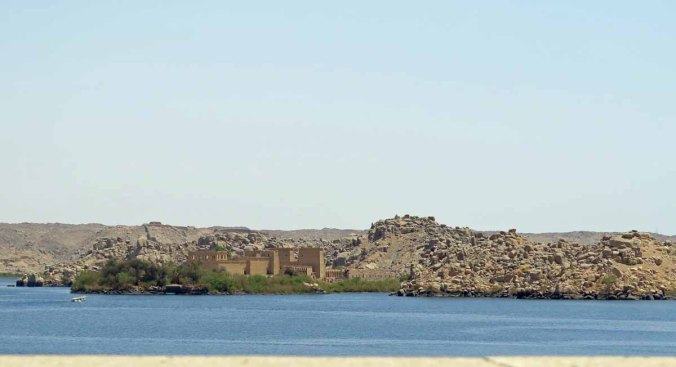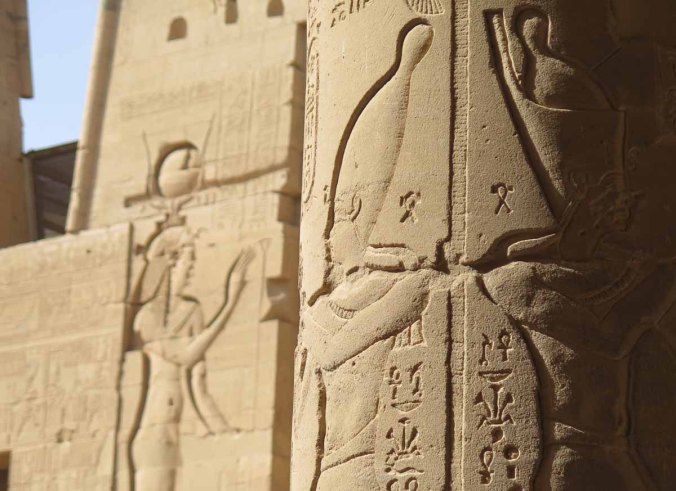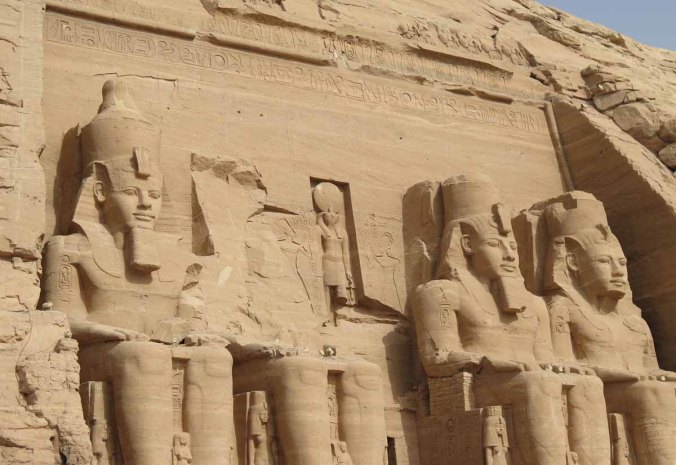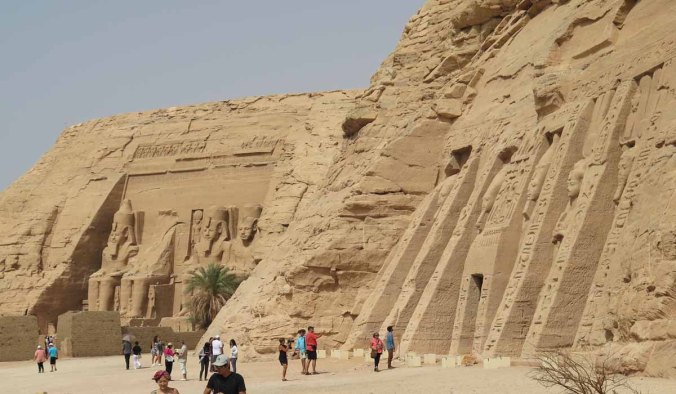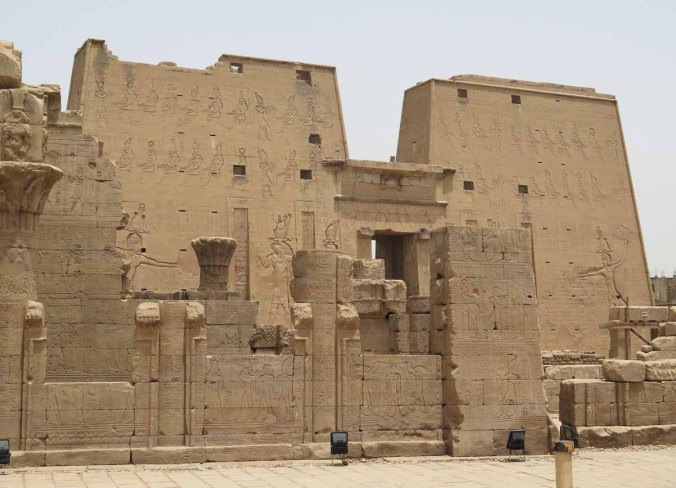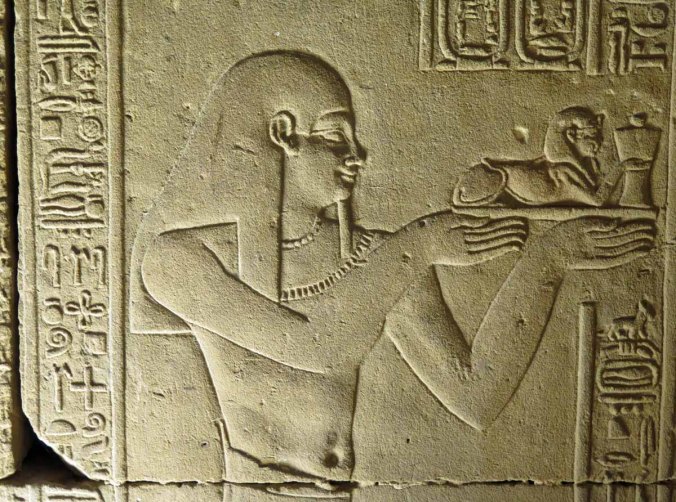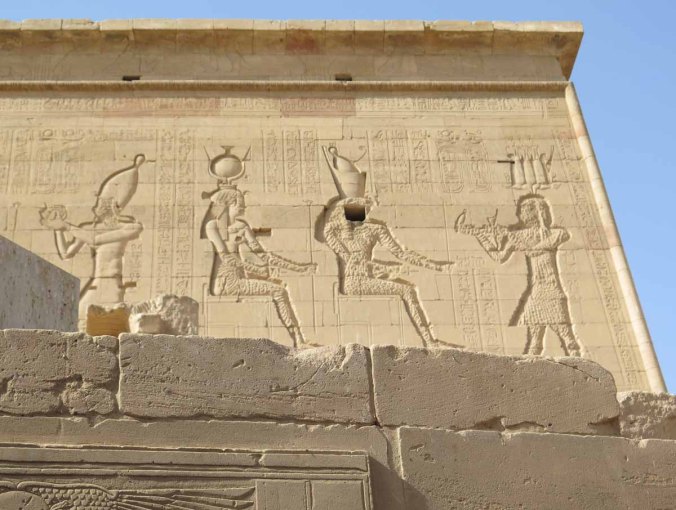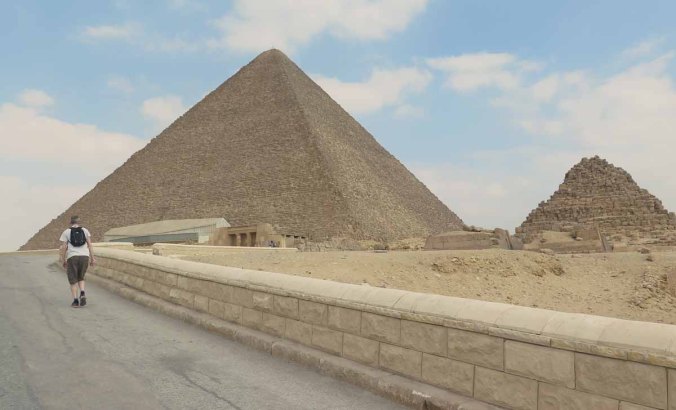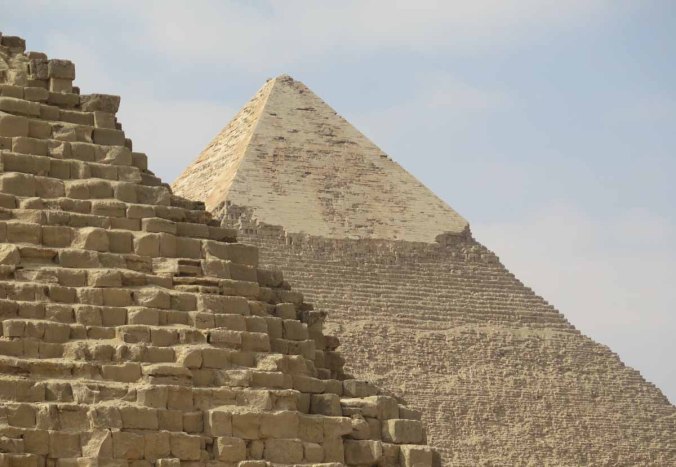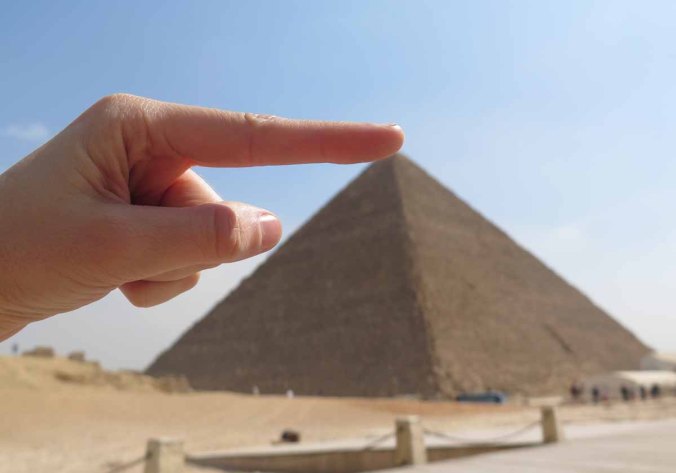
We were unsure about visiting Egypt, but it was a great (if intense) trip. These are my reflections on this trip.
Tours and travelling independently:

Many people prefer to visit Egypt as part of an organised tour, but we chose to do it independently (although we followed an itinerary similar to those offered by travel agencies). Train tickets can be booked online. Flights from the UK go to Cairo and Luxor directly (takes about 5-6h). There are lots of options for hotels and they are incredibly cheap. We stayed at this resort in Luxor for £45 per night including breakfast. Usually they are not as good as they used to be (wifi is not easily available) but staff is always helpful.
Egypt is a huge country and we covered a lot of ground in nine days. Most of the ancient Egyptian temples are out of the way, so hiring taxis for the day is the best way to see them. Usually you can book everything at your hotel, which is the easiest thing to do.

Prices vary greatly – we’ve paid E£1180 for a transfer to Luxor (stopping along the way), but only E£250 for a half day drive along the Valley of the Kings. It’s tricky to know how much things cost, but it’s always cheap nonetheless. All in all, we managed to follow the whole itinerary that we planned, which is a good achievement given that we couldn’t find much up to date information.
Money:

Egypt is incredibly cheap. We had meals for two people for less than £2, and dined with the other tourists for $10. Hiring a taxi for a whole day costs less than £50. But at the same time you end up thinking a lot about money in Egypt. There’s a massive tipping culture everywhere and everyone giving you any advice expects a tip (and there’s always someone giving you advice).
And because we often visited places which were completely empty, all the attention turned to us. Sometimes it can get tiring, and sometimes you need to be firm to get rid of unwanted attention, but mostly a straight ‘no, thank you’ is enough, and of course you understand why you get so much attention. And on occasion you do get extra information about a temple, or a gift of sugar cane juice along the way – the Egyptians are friendly, and this is part of their culture.

The only time we felt short-changed was in the souk in Aswan. Usually I’m great in the souk, but this time we were definitely pressured into making a quick purchase – at the end of the day, we got home with some lovely hibiscus tea, but the experience really wasn’t that great.
Food and drink:
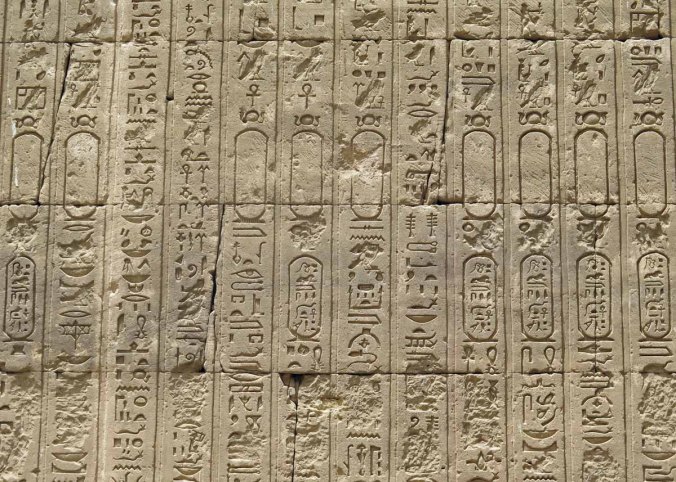
Egypt is great for veggie food. Staples include a selection of local mezze, as well as foul (a bean dip) and koshari (rice with lentils and pasta). Some places only offer grilled meat, but it’s easy enough to find good alternatives and the prices are always great.
Alcohol is not available in most places, but most Western hotels and upscale bars serve it – because those were not the places we visited for most of the trip, we only had alcohol at our last hotel in Luxor.
The Nile:
Before we went to Egypt we were keen to ensure we got a good glimpse of the Nile – we didn’t need to worry! The Nile really is the lifeblood of Egypt, and we followed it everywhere we went, as roads and train tracks follow the river. Along the way you spot lots of palm trees and people working the fields: the traditional image of Egypt really comes to life when you travel by this mighty river.
Visiting Egypt:
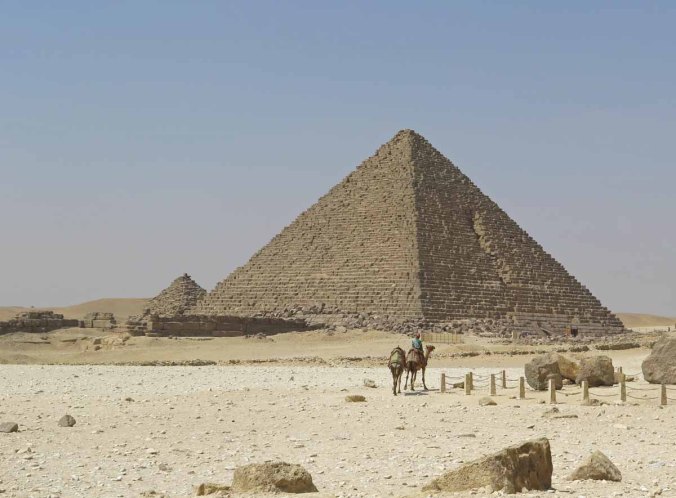
We’ve wanted to go to Egypt for a long time, but security concerns meant we kept postponing it. Direct flights to Luxor from the UK recently restarted, which made the trip a bit easier, so we finally decided to book our trip. We considered booking a tour, but with enough research we decided that it was fine to travel independently.
Egypt is definitely not an easy place to visit – the heat, the hassle and the language barrier all add a bit of difficulty. And it’s clear that the lack of tourism in recent years has had a big impact – many places haven’t been cared for in years, many others are shut.

On the other hand, we visited all the main sights at our own pace, and often had entire temples for ourselves – our guide book warned of big queues and busy visiting times, but our experience was completely different.
In terms of security, there are countless checkpoints on the road, and getting into museums and other attractions always involves at least one security check (or five, as is the case at the airport). But otherwise we never saw anything weird, and you don’t really feel unsafe (but of course you should never go somewhere if you’re not comfortable with it).
All in all, Egypt is definitely worth visiting!
